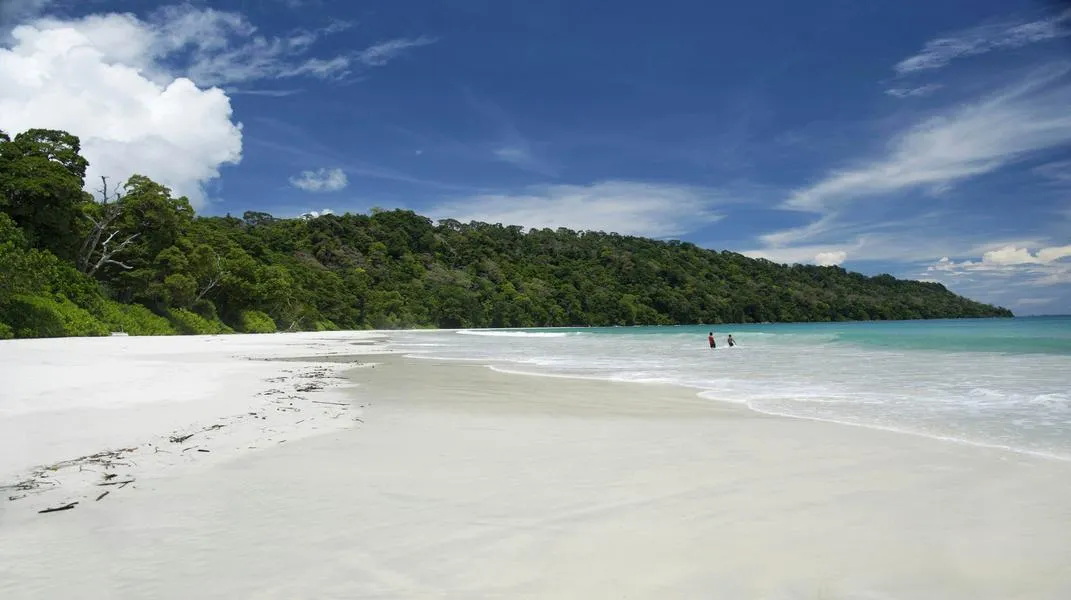Exploring the Treasures of Kanchanaburi Province: A Comprehensive Guide for Tourists
Nestled in the western part of Thailand, Kanchanaburi Province is a captivating destination known for its rich history, stunning natural landscapes, and vibrant culture. From the iconic Bridge over the River Kwai to the serene Erawan National Park, Kanchanaburi offers a wide array of attractions that cater to history enthusiasts, nature lovers, and adventure seekers alike. This article will delve into the key tourist attractions of Kanchanaburi, as well as the essential materials and preparations needed for a memorable visit.
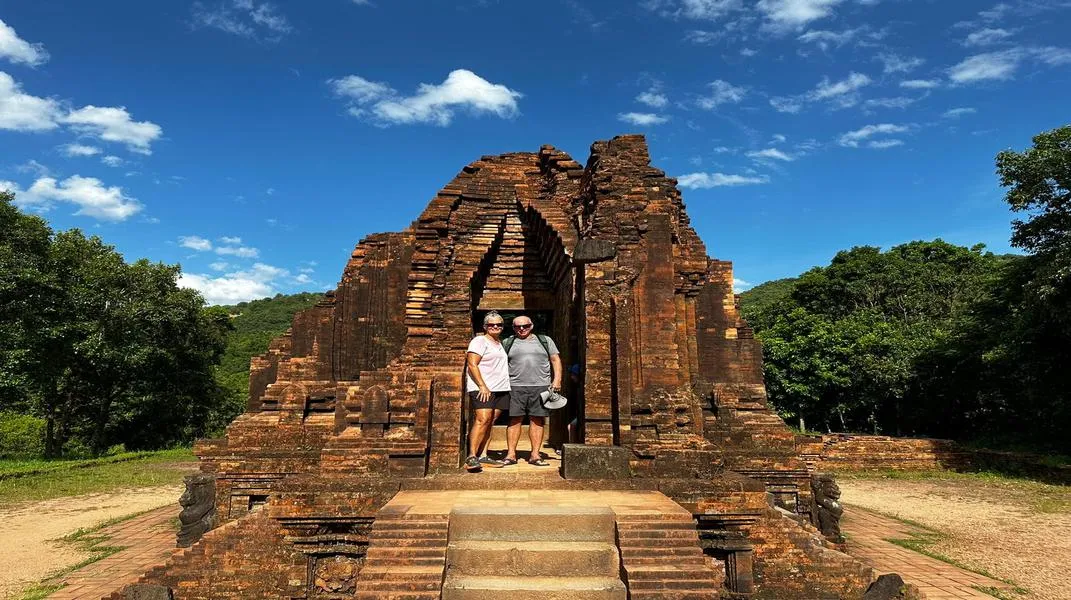
A Brief History of Kanchanaburi
Before we dive into the attractions, it's essential to understand the historical significance of Kanchanaburi. During World War II, the area became infamous for the construction of the Death Railway, which linked Thailand to Burma (now Myanmar). Thousands of Allied prisoners of war and Asian laborers lost their lives during its construction due to harsh conditions. Today, Kanchanaburi honors their memory with several museums and memorials, making it a poignant destination for those interested in history.
Key Attractions in Kanchanaburi Province
1. The Bridge over the River Kwai
No visit to Kanchanaburi would be complete without seeing the famous Bridge over the River Kwai. This iconic structure was built during World War II as part of the Death Railway and has since become a symbol of resilience and remembrance. Visitors can walk across the wooden and steel bridge, take photos, and appreciate the surrounding scenery. The river below offers opportunities for boat rides, providing a unique perspective of the bridge.
Tips for Visiting:
- Best time to visit: Early morning or late afternoon to avoid the heat and crowds.
- Photography: The bridge is particularly beautiful at sunset.
2. Erawan National Park
Erawan National Park is one of Thailand's most stunning natural reserves, renowned for its emerald-green waterfalls and lush jungle. The park features seven tiers of waterfalls, with the most famous being Erawan Falls. Each tier offers natural pools where visitors can swim, hike, or simply relax in a picturesque setting. The trails are well-marked, making it accessible for visitors of all fitness levels.
Activities:
- Swimming in the waterfall pools.
- Hiking along the marked trails.
- Birdwatching and wildlife spotting.
Tips for Visiting:
- Wear water-friendly shoes for swimming.
- Bring a camera to capture the breathtaking views.
- Arrive early to enjoy the tranquility of the park.
3. Hellfire Pass and the Hellfire Pass Memorial Museum
Hellfire Pass is another significant historical site linked to the Death Railway. The pass was excavated by prisoners of war and is a somber reminder of the hardships they faced. The Hellfire Pass Memorial Museum provides insight into this dark chapter of history, showcasing photographs, artifacts, and personal stories from survivors.
Visiting Tips:
- Take the guided audio tour for a deeper understanding of the site.
- Respect the solemn atmosphere by maintaining silence.
4. Kanchanaburi War Cemetery
The Kanchanaburi War Cemetery is the final resting place for many of the soldiers who perished during the construction of the Death Railway. The cemetery is beautifully maintained and serves as a poignant reminder of the sacrifices made during wartime. Visitors often leave flowers or pay their respects at the graves of the fallen.
5. The Thai-Burma Railway Centre
Located near the War Cemetery, the Thai-Burma Railway Centre is a museum dedicated to the history and impact of the Death Railway. The museum features exhibits, photographs, and personal accounts that provide a comprehensive overview of the construction and its consequences. This is an excellent place to gain a deeper understanding of Kanchanaburi's historical significance.
6. River Kwai Jungle Rafts
For a unique accommodation experience, consider staying at the River Kwai Jungle Rafts, a floating hotel on the river. This eco-friendly resort offers rustic charm and a chance to immerse yourself in nature. Guests can participate in activities such as bamboo rafting, kayaking, and guided jungle treks.
7. Sai Yok National Park
Sai Yok National Park is another natural gem in Kanchanaburi, known for its limestone mountains, caves, and waterfalls. The park is home to diverse wildlife and offers various outdoor activities, including trekking and canoeing. One of the highlights is the famous Sai Yok Noi Waterfall, which features beautiful cascades and inviting swimming areas.
8. The Death Railway
A ride on the remaining section of the Death Railway is a must-do experience. This scenic train journey takes you through picturesque landscapes, including lush forests and breathtaking cliffs. The train often stops at key points, allowing passengers to take in the beauty of the region and learn about its historical significance.
Preparing for Your Visit to Kanchanaburi
To ensure a smooth and enjoyable trip to Kanchanaburi, it’s essential to prepare adequately. Here’s a comprehensive checklist of materials and tips to consider before your visit.
1. Travel Documents
- Passport: Ensure your passport is valid for at least six months beyond your planned departure date.
- Visa: Check if you require a visa for Thailand. Many nationalities can enter Thailand visa-free for a limited duration.
- Travel Insurance: Consider purchasing travel insurance to cover any unforeseen circumstances during your trip.
2. Clothing and Footwear
- Lightweight Clothing: Kanchanaburi can be hot and humid, so pack breathable and lightweight clothing.
- Comfortable Footwear: Bring sturdy shoes for hiking and water shoes for swimming in the waterfalls.
- Swimwear: Don’t forget your swimwear if you plan to take a dip in the waterfalls or pools.
3. Health and Safety
- Insect Repellent: Mosquito repellent is essential, especially when exploring national parks.
- Sunscreen: Protect your skin from the strong sun with a high-SPF sunscreen.
- First Aid Kit: Carry a small first aid kit with essentials like band-aids, antiseptic wipes, and any personal medications.
4. Snacks and Water
- Reusable Water Bottle: Stay hydrated by carrying a refillable water bottle. Many attractions have refill stations.
- Snacks: Pack some snacks for your day trips, especially if you plan on hiking or spending time in nature.
5. Camera and Gadgets
- Camera: Bring a camera or smartphone to capture the stunning scenery and memorable moments.
- Power Bank: Ensure you have a power bank to keep your devices charged throughout the day.
6. Money and Payment Methods
- Local Currency: The Thai Baht (THB) is the official currency. It’s advisable to have some cash on hand for smaller vendors.
- ATMs and Credit Cards: ATMs are available in Kanchanaburi, and many places accept credit cards, but smaller shops may only take cash.
7. Local Etiquette and Customs
- Respectful Attire: When visiting temples or memorials, dress modestly. Cover your shoulders and knees.
- Politeness: Thai culture values politeness; a smile goes a long way. Use “Khop Khun” (thank you) to express gratitude.
Conclusion
Kanchanaburi Province is a treasure trove of history, natural beauty, and cultural experiences waiting to be explored. From the somber reflections at the War Cemetery to the breathtaking views at Erawan National Park, each attraction offers a unique perspective on the region's rich heritage and stunning landscapes. By preparing adequately and respecting the local customs, you can ensure a fulfilling and memorable visit to this remarkable part of Thailand. Whether you're seeking adventure, relaxation, or a deep dive into history, Kanchanaburi has something for every traveler. So pack your bags, prepare your itinerary, and get ready for an unforgettable journey!
Related Posts
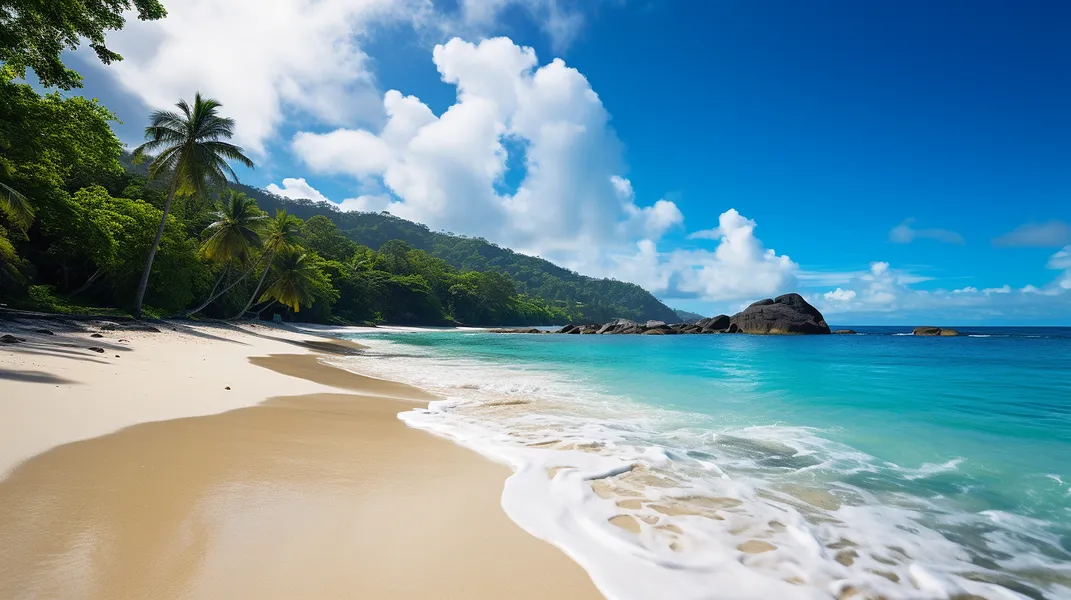
Discovering the Enchantment of Seychelles: A Comprehensive Guide for Tourists
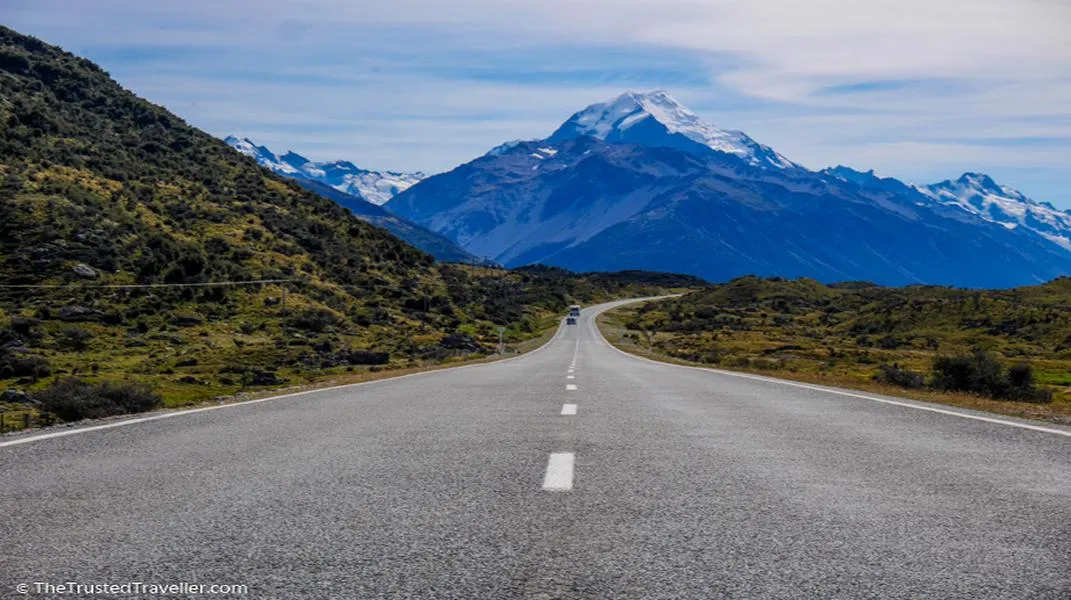
Discovering South Island, New Zealand: A Comprehensive Guide for Travelers
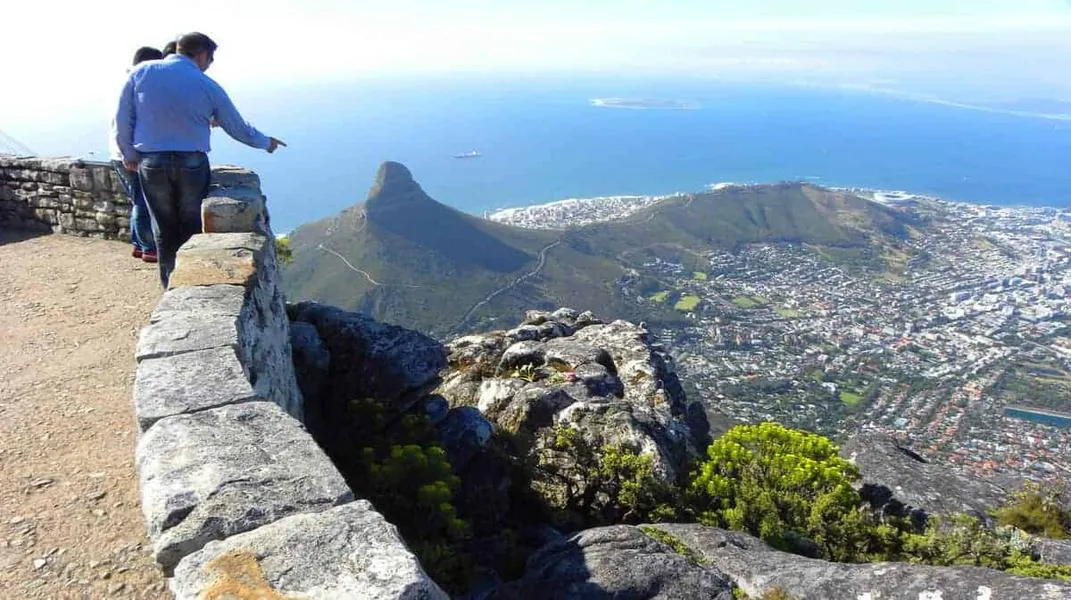
Exploring Cape Town: A Comprehensive Guide to One of the World’s Most Beautiful Cities
